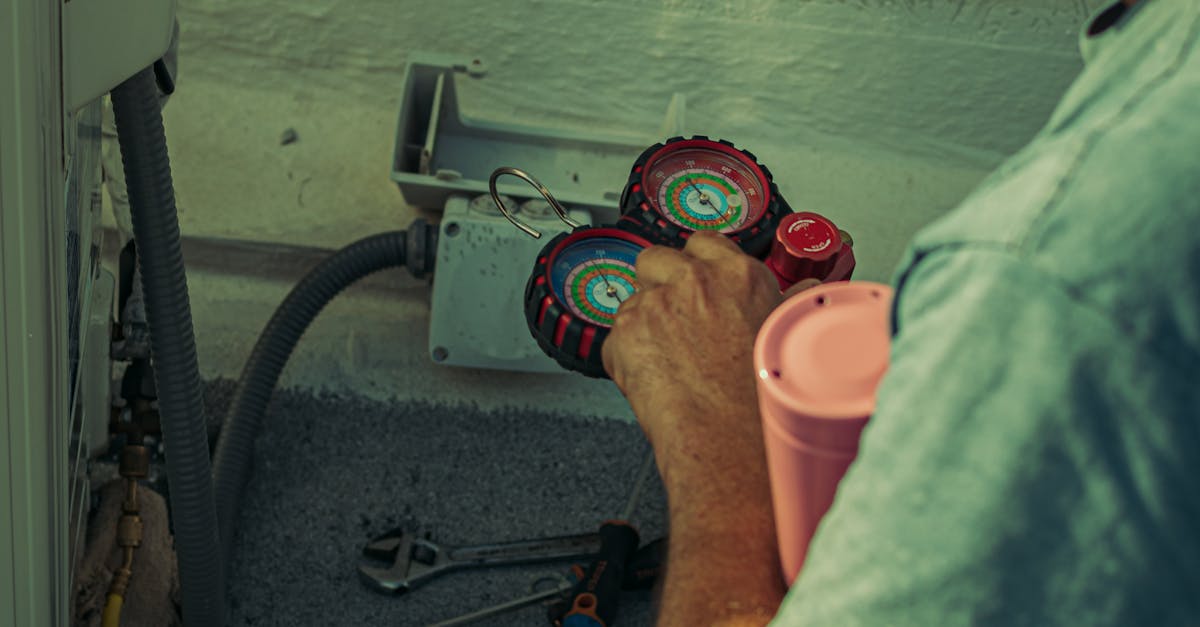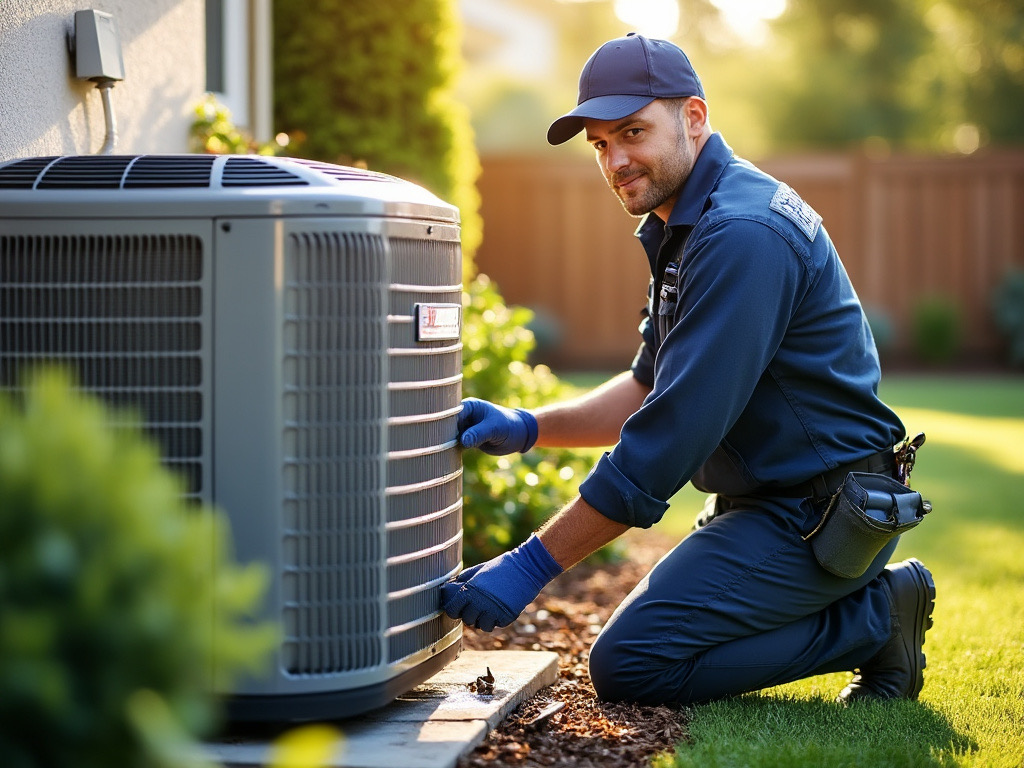
Common Challenges During Installation
Air Conditioning System Installation and Repair can present various challenges that require careful consideration. One common issue is the sizing of the unit. An improperly sized air conditioning system can lead to inadequate cooling or energy inefficiency, making it crucial to select the right size based on the space requirements. Additionally, installation in tight or awkward spaces may hinder access to necessary components, complicating the process.
Another challenge often encountered involves the electrical requirements. Ensuring that the existing electrical system can support the new air conditioning unit is essential for optimal performance. This might involve upgrading circuits or adding new wiring. Furthermore, outdoor unit placement can pose logistical difficulties, including proximity to existing infrastructure and compliance with local regulations. Addressing these challenges is vital for a successful installation.
Troubleshooting Potential Issues
During the Air Conditioning System Installation and Repair process, various issues may arise that could impact the system's performance. Common problems include improper refrigerant charging, duct leaks, and electrical challenges. Each of these can lead to decreased efficiency or even system failure if not addressed promptly. Technicians must be vigilant during installation to identify any signs of these issues early, as a proactive approach can save time and prevent costly repairs down the line.
If problems do arise after the installation, it's crucial to have a plan in place for troubleshooting. Regularly scheduled inspections can help detect issues like fluctuating temperatures, unusual noises, or reduced airflow. Employing diagnostic tools during these check-ups can reveal hidden problems and ensure the system operates optimally. Being prepared for potential complications contributes to a smoother experience for homeowners relying on their air conditioning for comfort.
Safety Precautions in AC Installation
When handling Air Conditioning System Installation and Repair, safety precautions are essential to ensure both the well-being of the technicians and the functionality of the system. Technicians should always wear appropriate personal protective equipment, such as gloves and safety glasses. Proper tools and equipment must be used to avoid accidents while lifting heavy components or working with electrical parts. Ensuring that the workspace is clean and free of clutter can help prevent slips, trips, and falls, which are common hazards when installing bulky equipment.
In addition to personal safety, it's crucial to adhere to local building codes and manufacturer guidelines. These regulations help ensure that the installation is not only safe but also efficient and compliant. Disconnecting power to the work area before starting any electrical connections significantly reduces the risk of shock. Following the manufacturer's installation instructions thoroughly will help avoid potential issues, making the Air Conditioning System Installation and Repair process smoother and safer.
Ensuring a Secure Setup
A secure setup is crucial in the context of Air Conditioning System Installation and Repair. Proper anchoring of the indoor and outdoor units helps to prevent any shifting or vibrations during operation. Ensuring that all connections, including ductwork and refrigerant lines, are tightly sealed minimizes the risk of leaks and improves efficiency. Technicians should pay close attention to the placement of units to avoid potential damage from weather conditions or physical obstructions.
Furthermore, electrical connections must be installed correctly to prevent shorts or overheating. Using appropriate circuit breakers and ensuring compliant wiring standards will contribute to the overall safety of the system. After installation, it's advisable to conduct a thorough inspection to verify that all components are securely fastened and functioning correctly. This not only enhances performance but also prolongs the lifespan of the air conditioning system.
PostInstallation Services
Once the air conditioning system installation is complete, customers should have a clear understanding of available post-installation services. Regular maintenance checks can help identify potential issues early and ensure that the system operates efficiently. Service agreements can offer peace of mind, providing scheduled inspections and routine upkeep to prolong the lifespan of the unit.
Another important aspect follows the installation: immediate support options for any unforeseen problems. Quick access to professional assistance can resolve concerns regarding performance or unusual noises. Companies that specialize in air conditioning system installation and repair often provide troubleshooting services to address these issues swiftly. Proper guidance and support enhance overall customer satisfaction and optimize the system's functionality.
Maintenance and Support Options
After the successful installation of an air conditioning system, maintenance plays a crucial role in ensuring long-term performance and efficiency. Regular check-ups can identify potential issues early and help to maintain optimal functioning. Many companies offer maintenance packages that include routine inspections, cleaning of filters, and system performance evaluations. This proactive approach helps homeowners avoid unexpected breakdowns and costly repairs.
In addition to maintenance, support options are essential for addressing any immediate concerns that may arise after installation. A reliable service provider will typically offer technical support and emergency repair services. These services can range from troubleshooting minor issues over the phone to dispatching technicians for urgent repairs. Understanding your options for air conditioning system installation and repair can significantly enhance the longevity and efficiency of your air conditioning unit.
FAQS
What are the main steps involved in AC installation?
The main steps in AC installation typically include site assessment, selecting the appropriate unit, proper sizing, installation of the indoor and outdoor units, electrical connections, refrigerant line setup, and a final system check.
How long does the AC installation process usually take?
The installation process can vary but generally takes between 4 to 8 hours, depending on the complexity of the system and the specific requirements of the installation site.
What should I do to prepare for my AC installation appointment?
To prepare for your AC installation, clear the area around the installation site, ensure that the technicians have access to necessary spaces, and discuss any specific concerns or questions with your installer beforehand.
Are there any safety precautions taken during AC installation?
Yes, safety precautions during AC installation include ensuring electrical connections are properly made, using personal protective equipment, securing the installation area to prevent accidents, and adhering to local building codes and regulations.
What kind of post-installation services can I expect?
Post-installation services typically include maintenance and support options such as regular check-ups, system performance evaluations, troubleshooting assistance, and warranty services for parts and labor.
